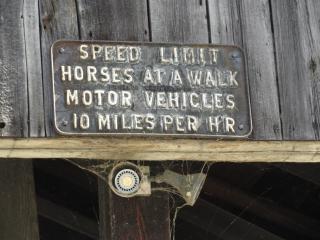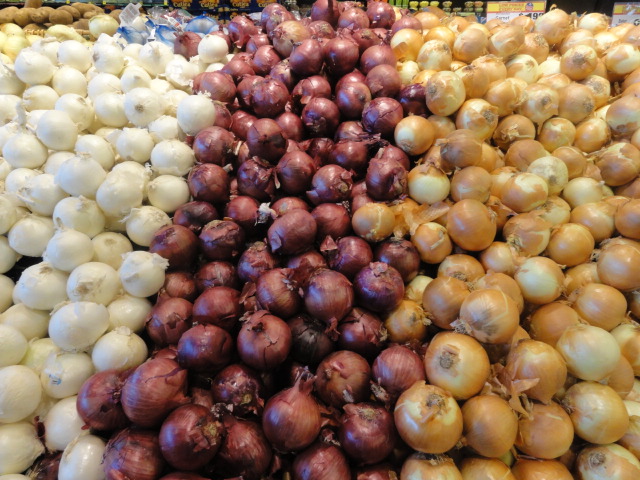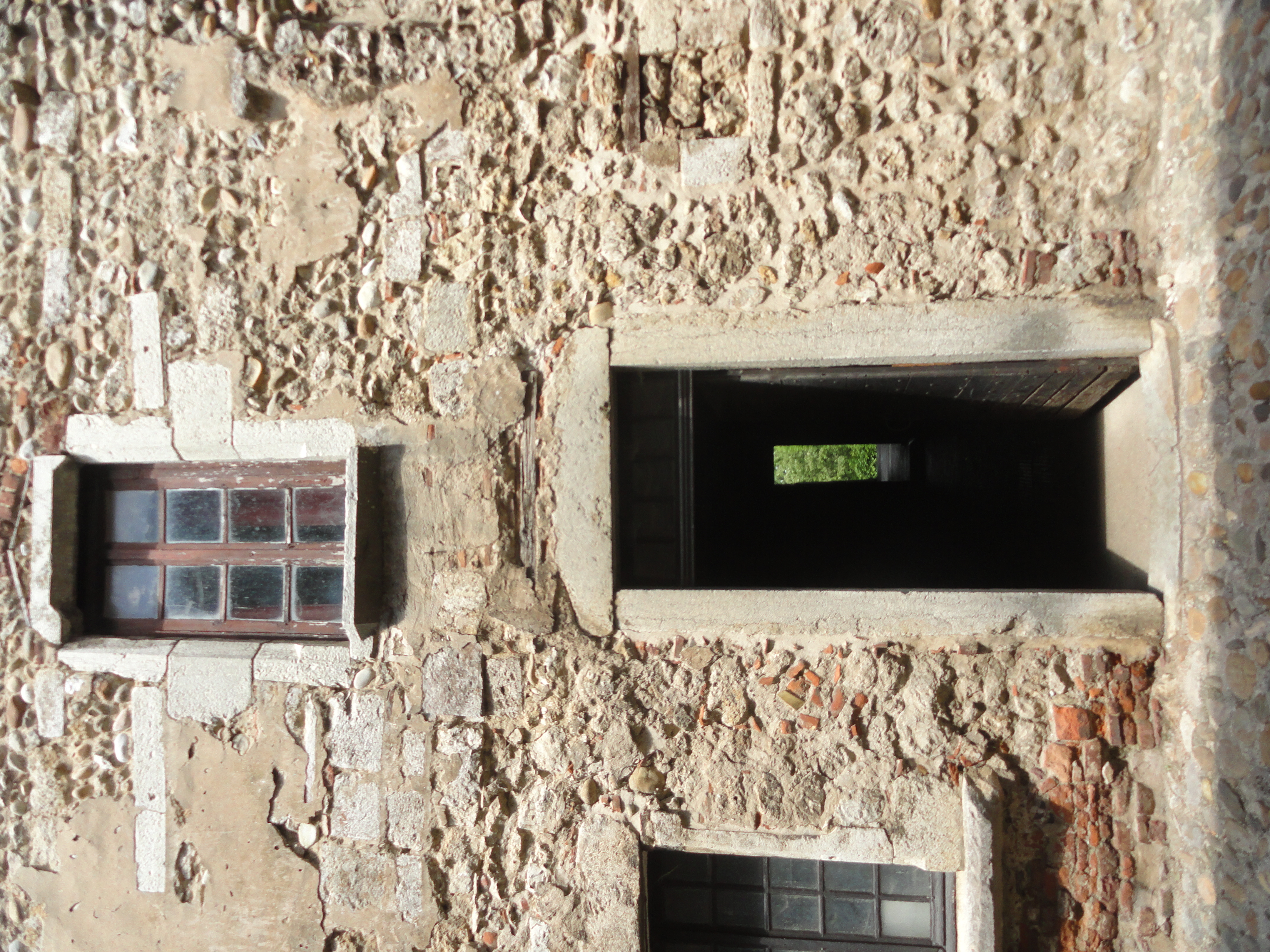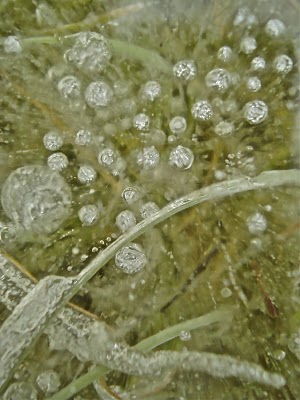Most folks find symmetry soothing. Coincidences are fun.
Arranging food, or clothes, or hair, putting socks in drawers, stacking fire wood... feel richer from patterns you find, or create.
photo by Holly Blossom
__





 |
If you can keep that up for eighteen years, you've got unschooling!


Some of what we have used to be elsewhere. Some of what is at our house will be other places someday. Patterns come and go like cloud pictures, and we ourselves are part of that changing swirl of life and beauty.



Learning is defined not just as sucking in information about something the child is interested in. Learning is also figuring out the big picture and how things connect. Figuring out how stuff works, figuring out how people work, making connections, seeing patterns. This is a mechanical, biological process. It's how humans—all learning animals really—naturally learn, how kids are born learning.
Natural learning is like a doorway. We can't change the doorway but we can change the outside world so kids can more easily reach what intrigues them.



My son noticed the patterns in the ice. He dropped down on his hands and knees to observe and explore. I dropped down with him and was thrilled I did :) Through the eye of the camera, that four inch thick ice looked like an ocean, or a drop of water under a microscope. I loved the experience of looking into it!
The real answer is not to "approach math," but to learn how to see all of the patterns, measuring, relationships, weights, game play, sports stats, poker hands that are math in its natural environment.Jo Isaac wrote:
The question you really want to ask is how do you deschool enough that you know you don't need to 'approach math' at all.